Visit Etna and Catania
You arrived in Catania with the aim of visiting Etna.
Well, but you can enjoy the surrounding area around the city and the volcano.
Plan your DAILY (Half or Full day) or MULTI-DAY tours!
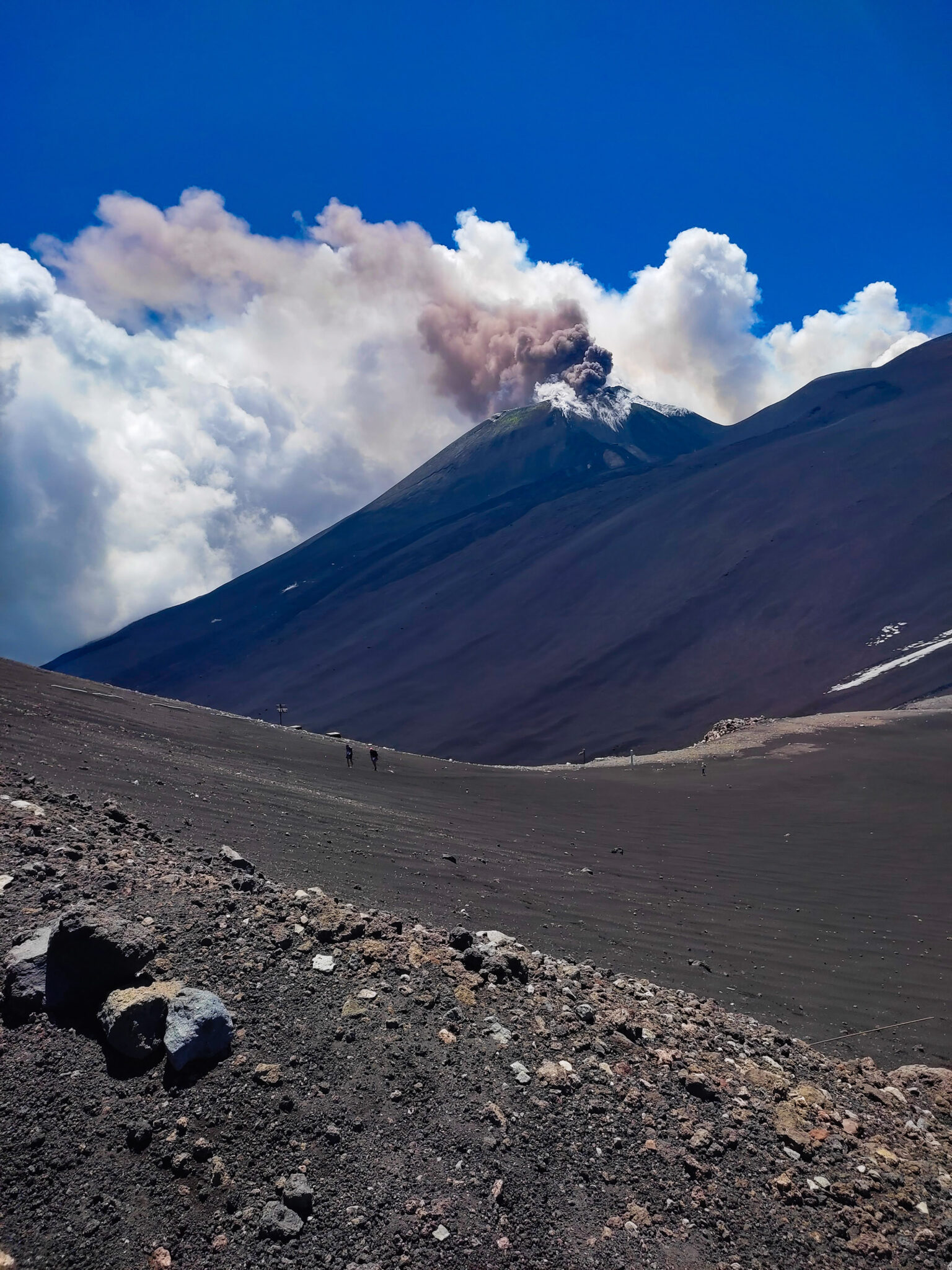
Etna volcano
Etna began its activity about 500,000 years ago. It is also called Mongibello and by the inhabitants Mamma Etna. It is formed by 4 summit craters that are not the only ones to produce lava flows, in fact there are about 300 lateral craters and many lava flow caves, which have helped shape the landscape. The activity is either explosive and effusive, the two activities alternate and for this reason the volcano is alive. In 1987 the Etna Park was created to protect biodiversity. It has an area of 590 km2 spread over 20 municipalities in the Città Metropolitana of Catania. It is possible to hike on the different slopes of Mount Etna, each one is a testimony of its power.
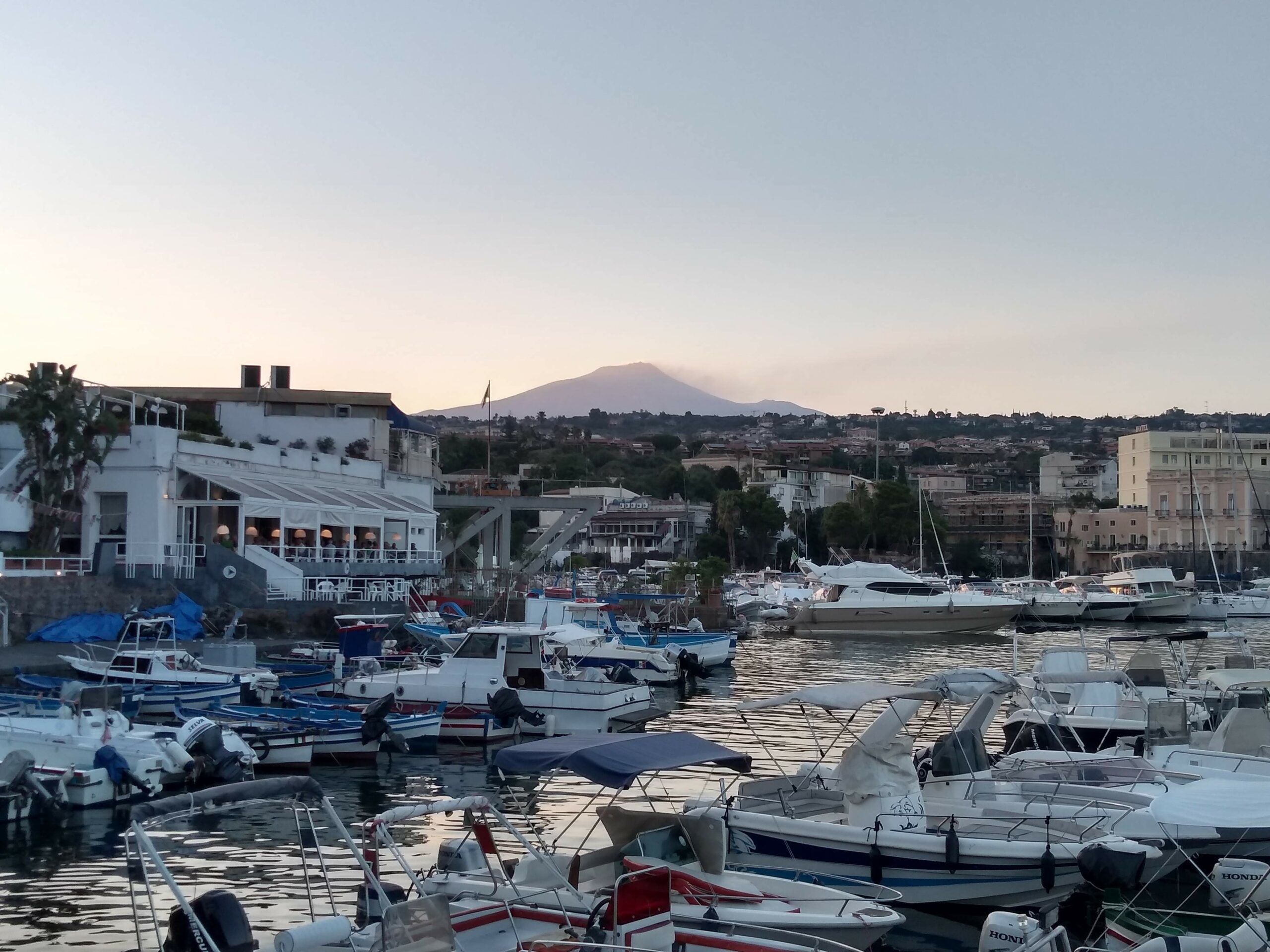
Catania the black city
I recommend you to take the time to visit the historic center of Catania.
Start with Piazza Duomo, the main square of Catania, where you will find the Elephant Fountain, the symbol of Catania.
On the square you also have the Palace of the Elephants, the Cathedral of Sant’Agata, the Roman Achilliane Baths, and the Palace of the Clerics. Not far you can visit the Fish Market, picturesque and typical market of Sicilian life.
Nearby you will also find the Ursino Castle, built in the 13th century.
Visit also the Greek-Roman Theatre and not far away the Crociferi Street with the beautiful baroque churches of Catania.
After this tour, return to Piazza Duomo and take the Etnea street, the longest in Catania, and you will find the Piazza dell’Università, a square bordered by two remarkable buildings, the Palazzo dell’Università and the Palazzo di San Giuliano, built in the 18th century; continuing on Etnea street, you arrive in Piazza Stesicoro, where you can visit the Roman Amphitheatre; the last stop is the Villa Bellini, exotic garden of the city.
Aci Trezza and Aci Castello
To better understand the geology of Mount Etna, do not miss a visit to the coastal towns along the Cyclops coast.
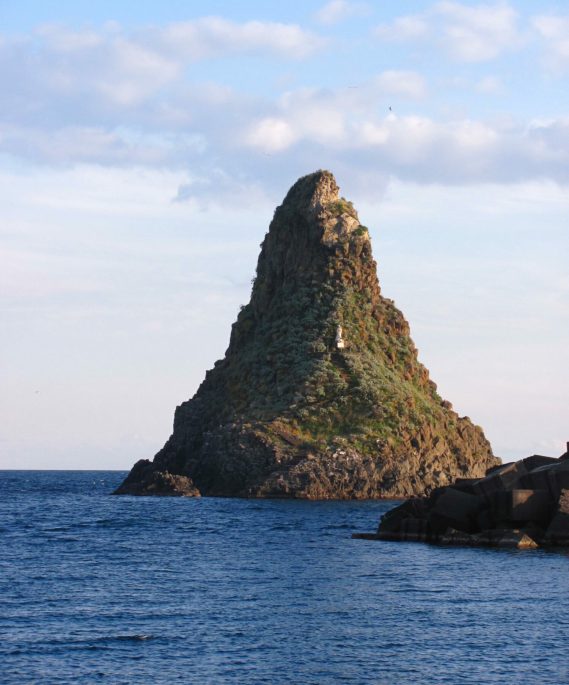
Aci Trezza
The Legend of Odysseus The Cyclopes recall the legend described in the Odyssey by Homer, which tells of Ulysses prisoner in the cave of the giant with a single eye, Polyphemus. Ulysses manages to escape and Polyphemus, blinded by Ulysses, would have thrown blocks of lava on the hero because he had laughed at him. These blocks fell into the sea, without killing Ulysses, a few hundred meters from the coast, and are now called the Aci Trezza Faraglioni. The geological origin of the Aci Trezza Faraglioni. More than 500,000 years ago, Etna did not exist where we can admire it today, but there was only a large gulf, called Pre-Etneo. During the activity of underwater volcanoes, volcanic materials were brought up to the sea surface, with formation of lava cushions and basalt columns. The Faraglioni with the Island of Lachea are witnesses to this activity.
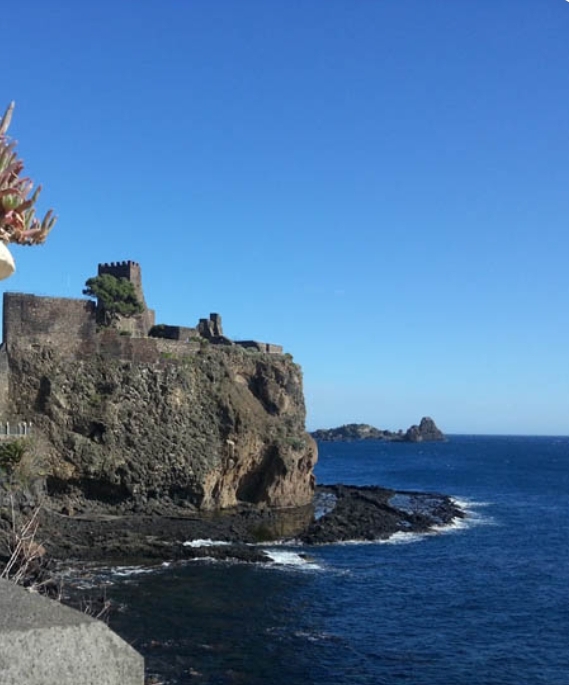
Aci Castello
Aci Castello is known for its 12th century fortress, located on a lava cliff over the sea of about 20 meters high, characterized by lava pillows . It is possible to visit its small museum and a small botanical garden. From here you can admire a breathtaking view of the Ionian coast.
Acireale and its seaside villages
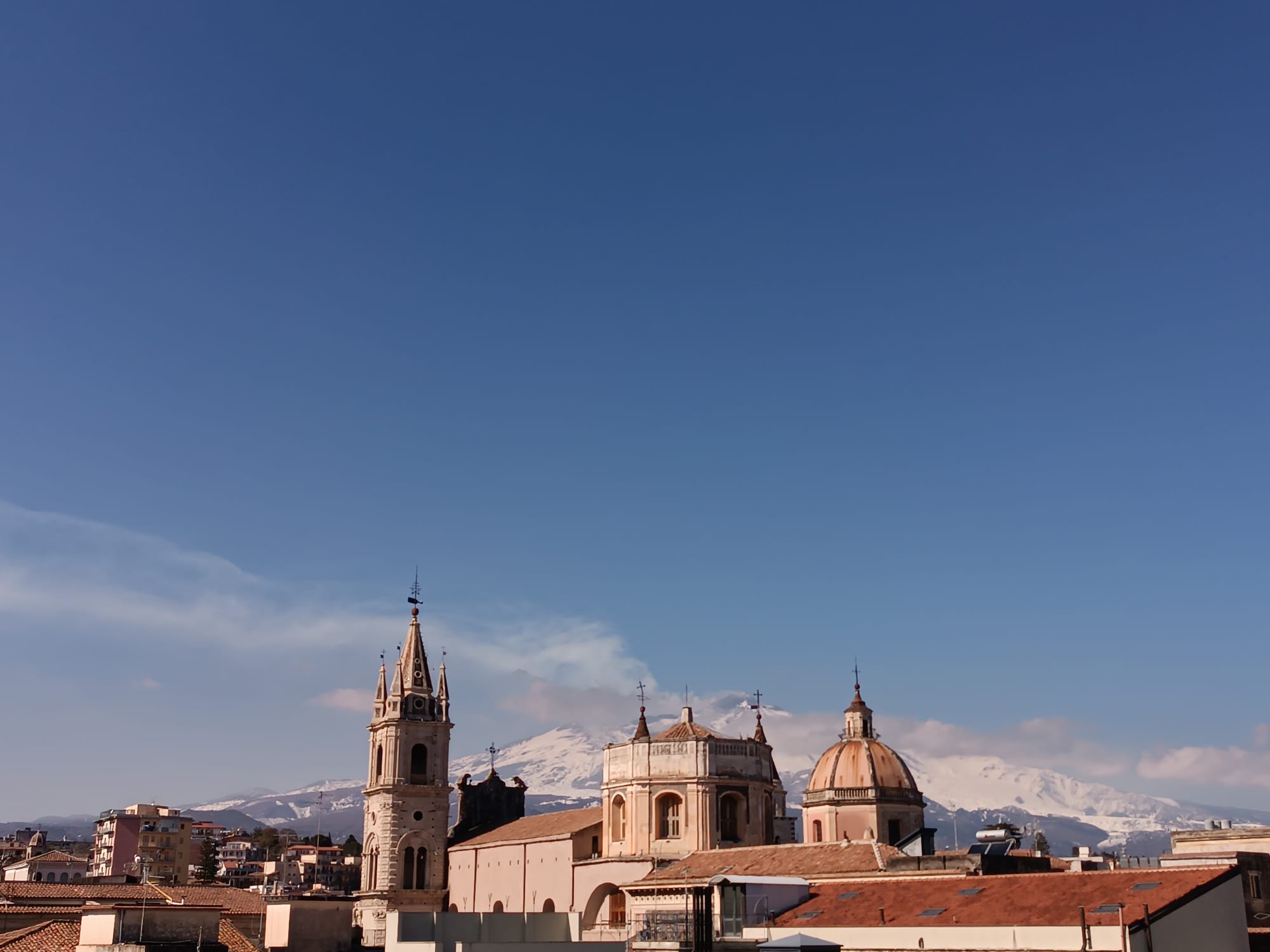
Acireale
Acireale is known for the most beautiful carnival in Sicily, for its baroque historic center and for the nature reserve of the Timpa (imposing rocky escarpment overlooking the sea).
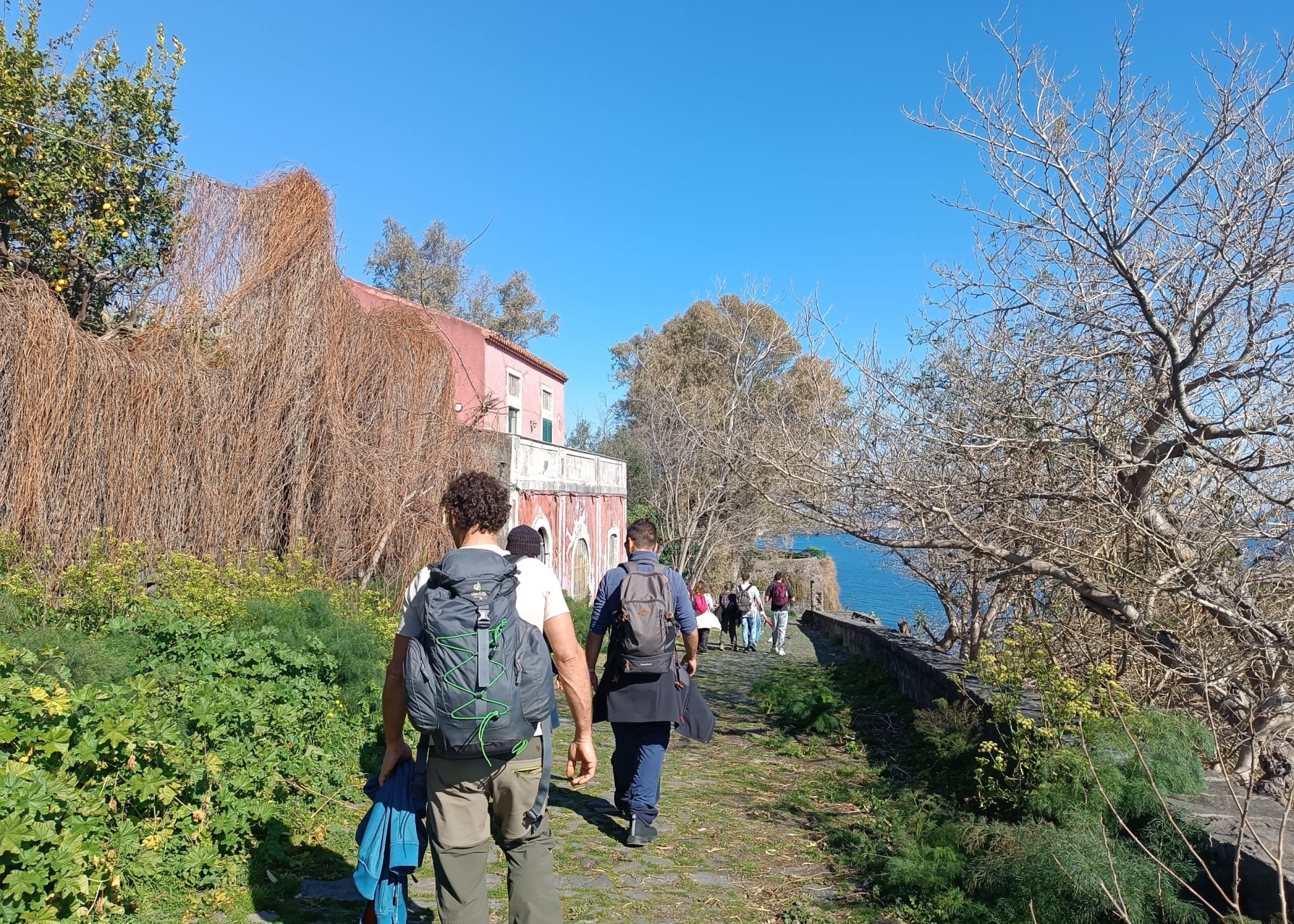
Santa Maria La Scala
Charming fishing village, intact in its original maritime architecture, it served for centuries as the port of Acireale. From the centre of Acireale, it is possible to walk towards Santa Maria La Scala, using a 16th century basalt stone mule track that crosses the sides of the ancient lava promontory until sea level. By this route, goods were transported up and down on mules.
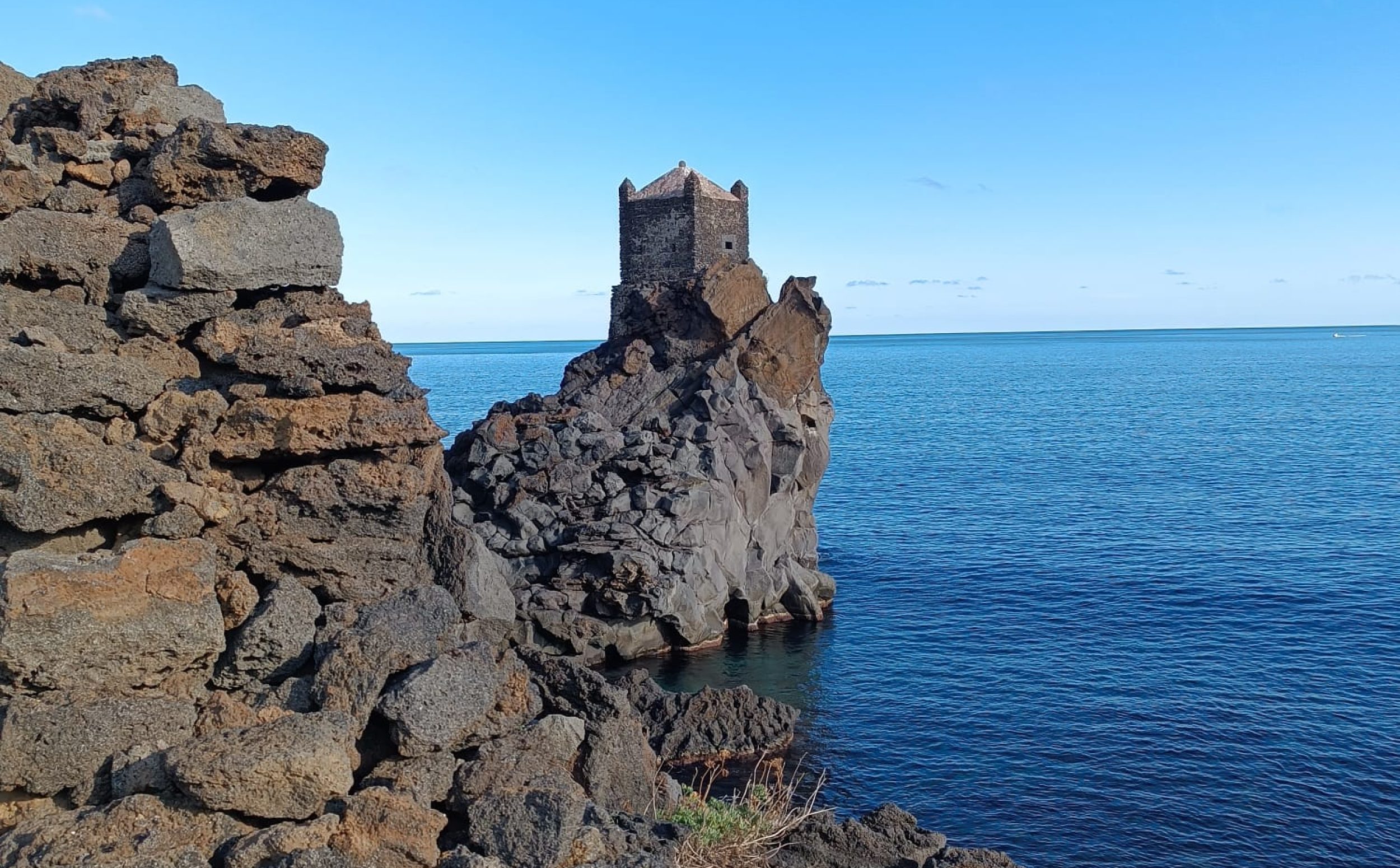
Santa Tecla
Seaside village spread among citrus plantations, at the foot of a wild ridge of Mediterranean scrub, olive and almond trees. The citrus gardens surrounding it have contributed to give the Acireale coast the title of Riviera dei Limoni. Visit the watchtower (Garitta) built on a small promontory of lava overlooking the sea.
Villages around Mount Etna
If you are planning an excursion to Mount Etna you can also visit or stay in the following villages:
Southern side (if you are going to make an excursion near Rifugio Sapienza): Belpasso, Nicolosi, Pedara.
Northeastern side (if you are going to take excursion near Piano Provenzana or Citelli Refuge): Milo, Zafferana, Linguaglossa, Randazzo.
Western side: Bronte.
